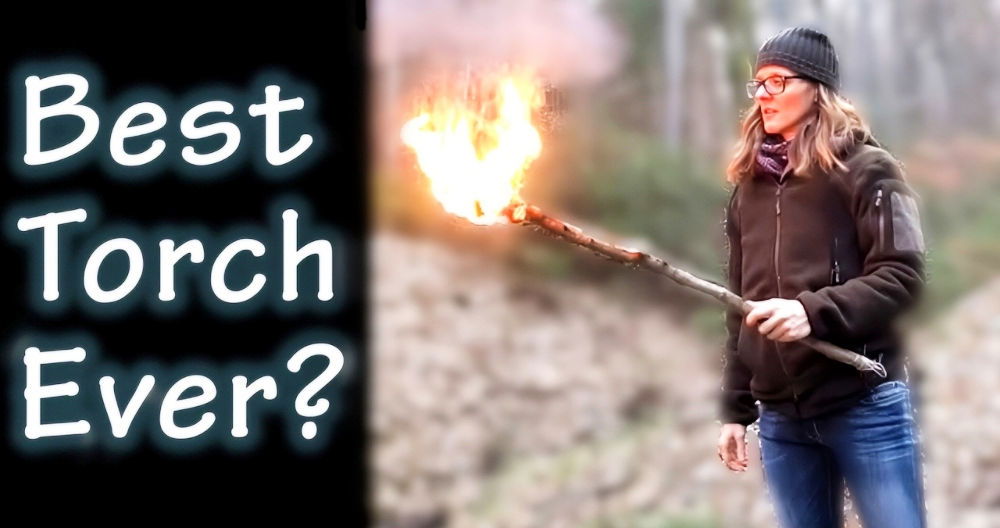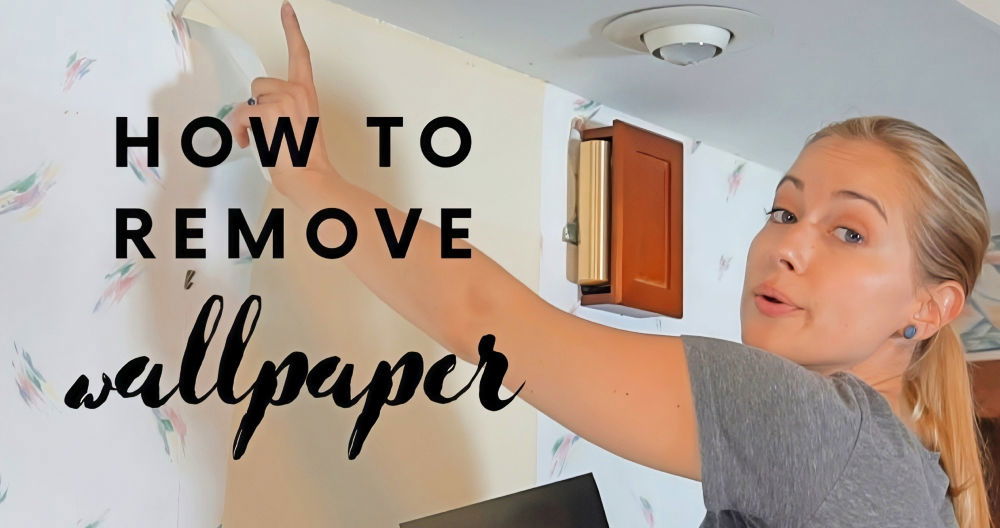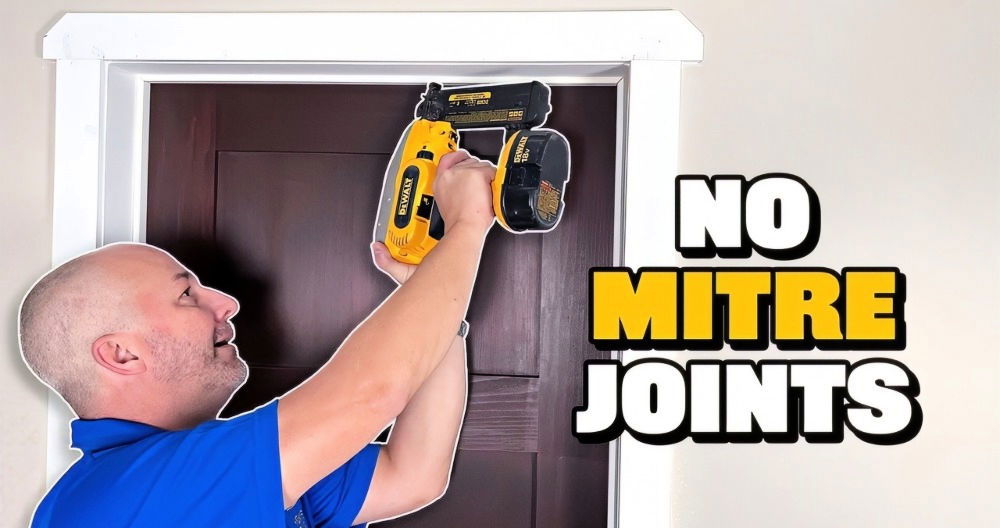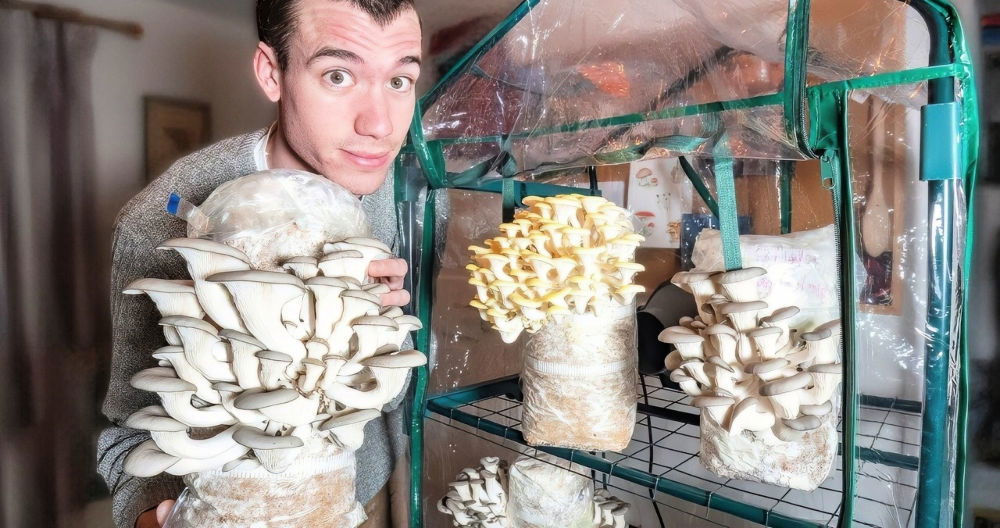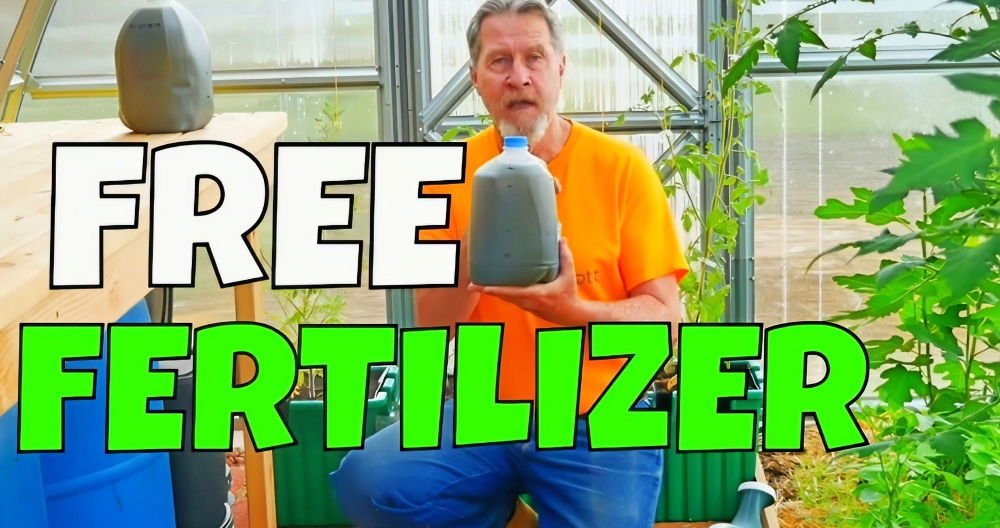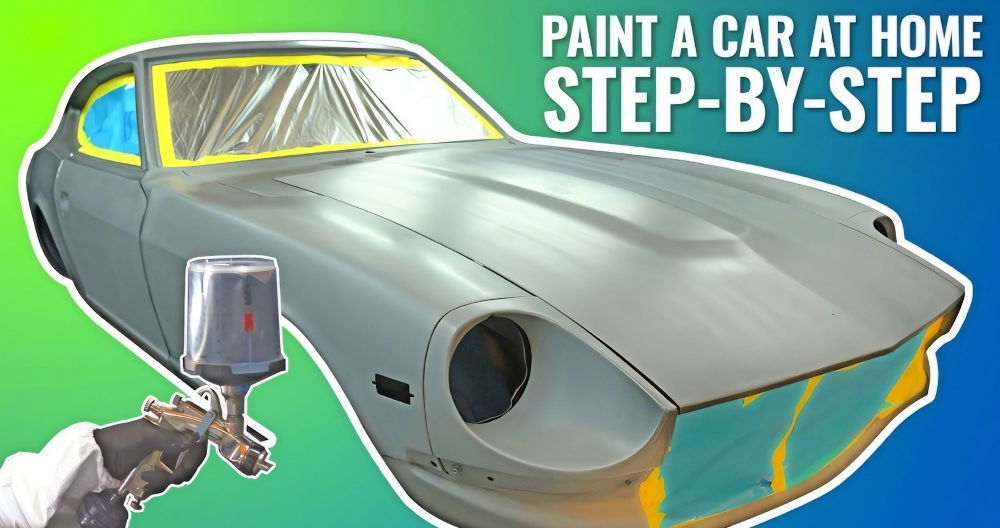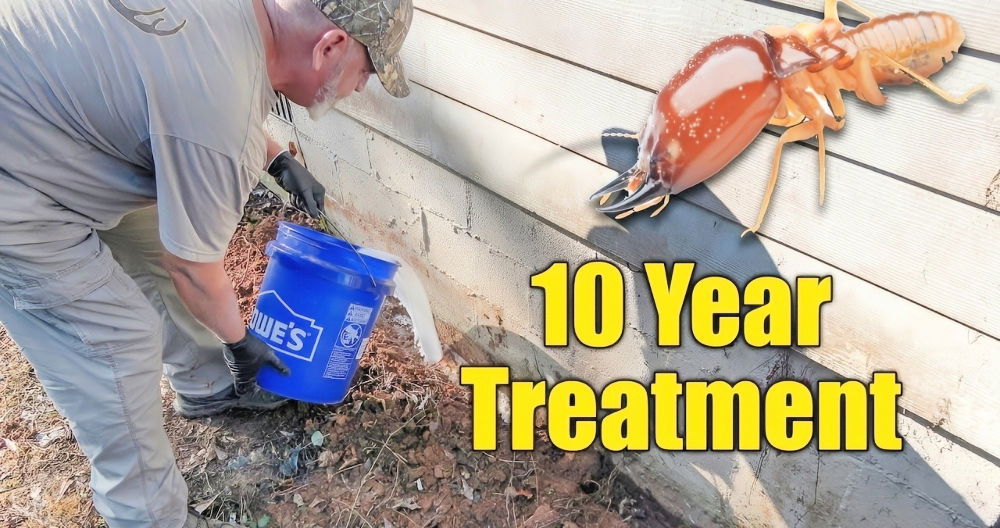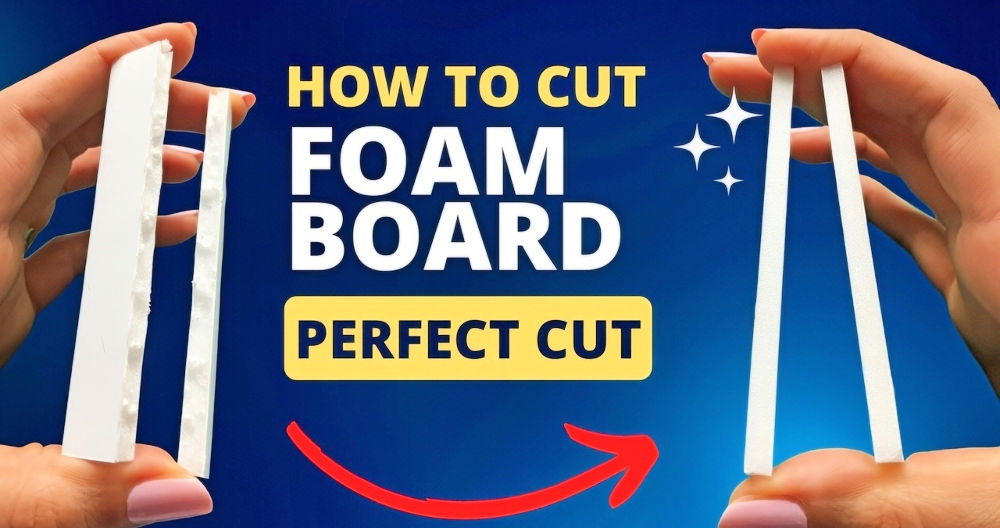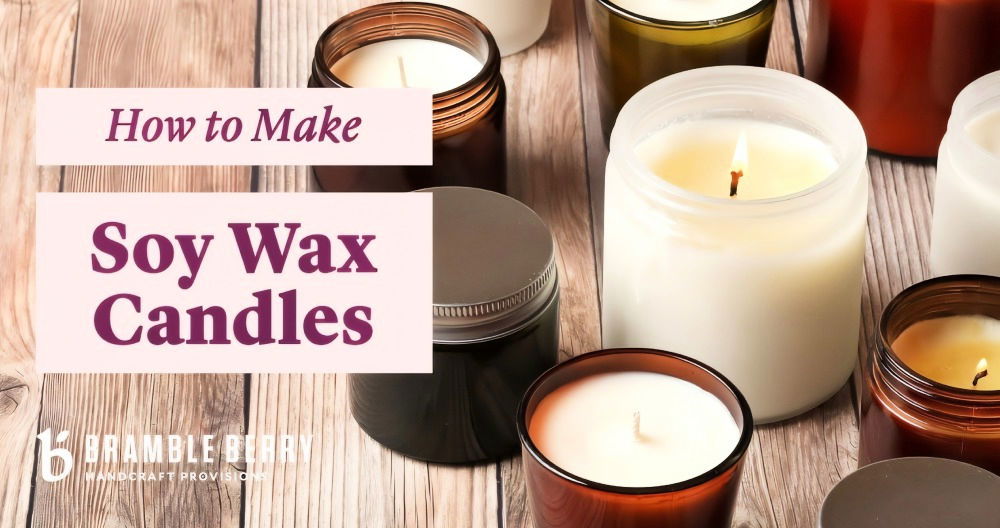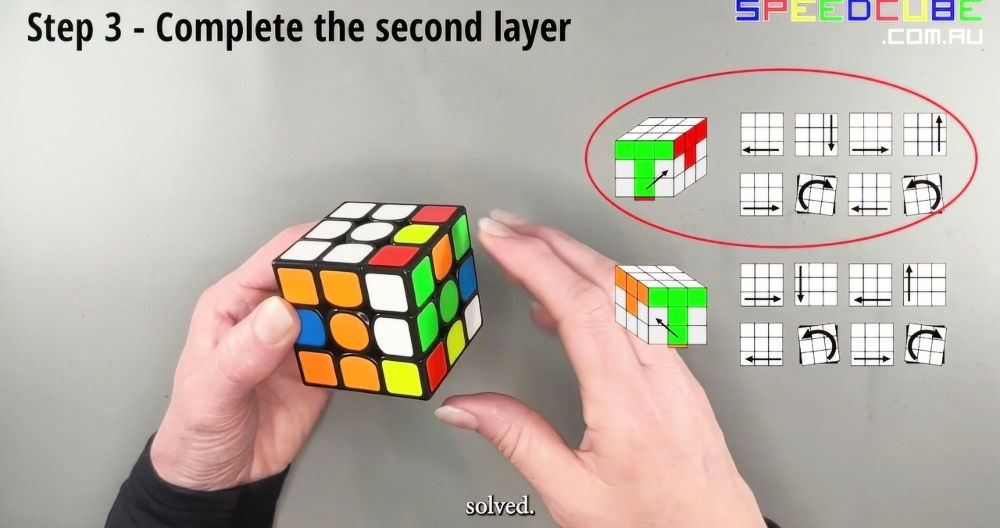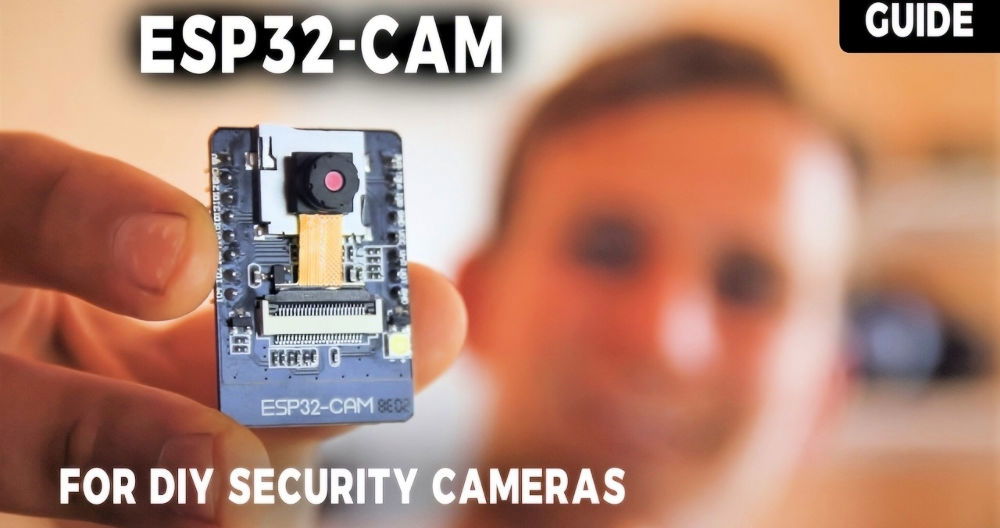Starting a fire in a survival situation is an essential skill that has been crucial to human development for centuries. Fire provides warmth, light, a way to cook food, and protection against predators. It is also a key psychological tool, offering comfort and a sense of control in challenging circumstances. This guide provides detailed instructions on every aspect of how to start a fire in the wild, covering both primitive and modern techniques, with insights from Dr. Bill Schindler, a professor of archaeology and anthropology at Washington College. Whether you're lost in the wilderness or simply seeking to reconnect with nature, knowing how to start a fire is an indispensable survival skill.
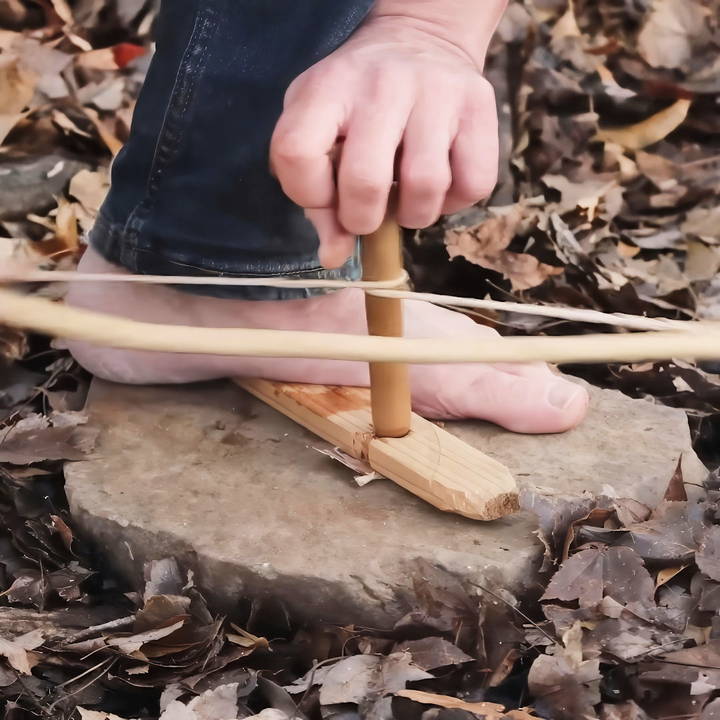
Why Fire is Essential in Survival
Before diving into the technicalities of fire-starting, it's important to understand why fire is so crucial in survival situations. Fire offers numerous advantages:
- Warmth: It can keep you warm during cold nights, potentially preventing hypothermia.
- Light: It illuminates your surroundings, allowing you to see in the dark and ward off potential dangers.
- Cooking: Fire makes food more digestible and safer by killing harmful bacteria.
- Psychological Boost: In stressful survival situations, the sight of fire can significantly boost morale and create a sense of security.
Fire requires three elements to ignite: heat, oxygen, and fuel. By mastering techniques that bring these components together, you can produce fire under almost any condition.
Step by Step Instructions
Learn how to start a fire with step-by-step instructions using primitive techniques like the hand drill and bow drill, plus modern tools and fire setups.
Primitive Fire-Starting Techniques
In ancient times, early humans relied on natural events like lightning to harness fire, but they eventually learned to create it themselves using simple tools. Primitive fire-starting methods use basic materials, typically available in the wilderness. The most well-known methods are the hand drill and bow drill techniques, which rely on friction to generate heat.
The Hand Drill Method
The hand drill is one of the simplest and most ancient fire-starting methods. It requires only two basic tools: a hearth board and a spindle.
Materials You'll Need:
- Hearth Board: This is the stationary piece of wood where the fire is generated. It must be made of dry, non-resinous wood like basswood, cedar, or tulip poplar. To test its suitability, press your fingernail into the wood—if it leaves a dent, it's soft enough for fire-starting.
- Spindle: This is a straight, smooth stick that you'll spin to create friction. Ideal materials include plants like horseweed, cattail, or goldenrod.
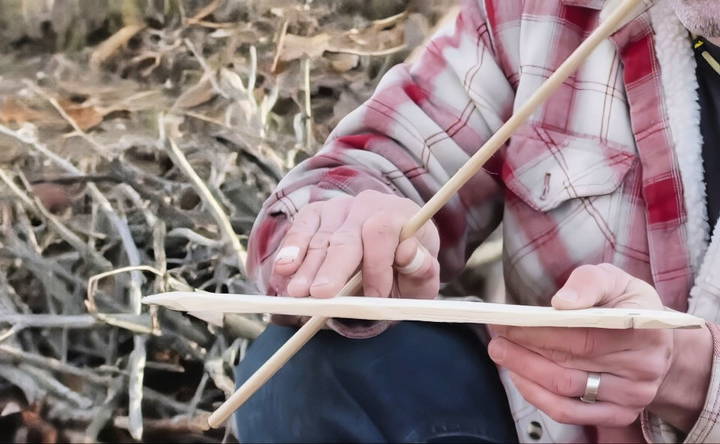
Steps to Start a Fire Using a Hand Drill:
- Prepare the Hearth Board: Create a small divot (indentation) on the hearth board to hold the spindle. This divot prevents the spindle from slipping out and ensures all the friction is concentrated in one spot.
- Cut a Notch: After making the divot, carve a notch in the hearth board. This notch is crucial because it collects the dust generated from the spindle's friction. This dust will eventually ignite to create a coal.
- Spin the Spindle: Place the spindle into the divot and spin it between your hands, applying downward pressure. Continue spinning until you see smoke.
- Create a Coal: Once the friction produces enough heat, the dust will form a small, glowing coal.
- Transfer the Coal: Carefully transfer the coal into a tinder bundle—a collection of dry materials like grass, bark, or leaves. Gently blow on the coal to ignite the tinder bundle.
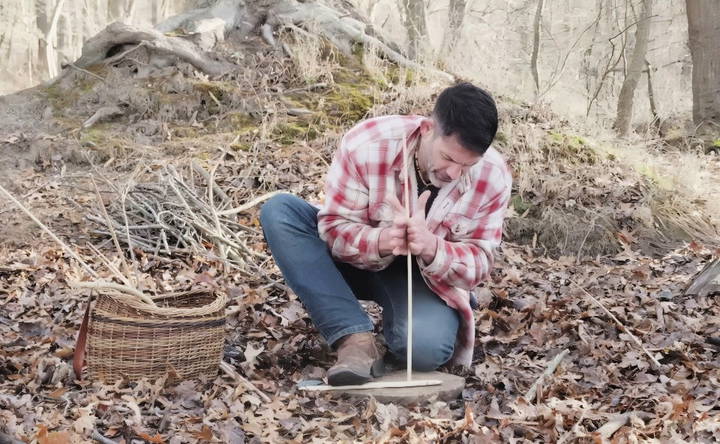
The hand drill method can be challenging, especially in damp or windy conditions. It requires practice, patience, and endurance, as spinning the spindle by hand takes significant effort.
The Bow Drill Method
The bow drill is an evolution of the hand drill, making the process of creating fire more efficient. It uses a similar principle but adds a bow and handhold to spin the spindle more effectively.
Materials You'll Need:
- Hearth Board: Similar to the hand drill, this is where you'll generate the fire.
- Spindle: A slightly shorter and thicker stick than the hand drill spindle.
- Bow: A curved piece of wood with a string attached. This is used to increase the speed and efficiency of spinning the spindle.
- Handhold: A solid piece of material, often wood or bone, that helps apply downward pressure on the spindle.
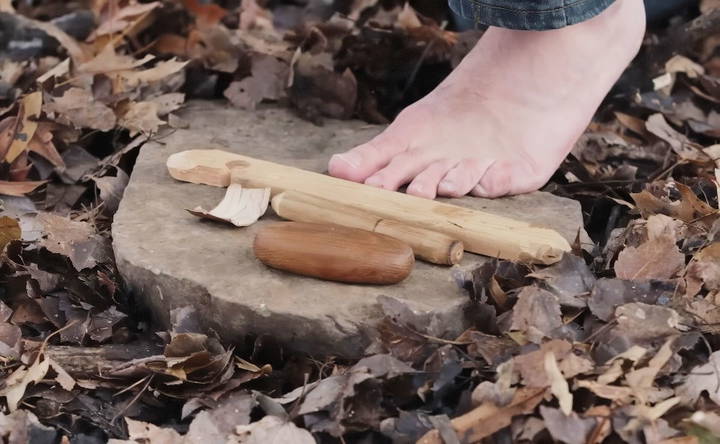
Steps to Start a Fire Using a Bow Drill:
- Create the Bow: You can make a bow from any curved piece of wood and attach a string. If you're in a survival situation, bootlaces can serve as the bowstring. Alternatively, you can craft a string from natural fibers like dogbane or rawhide.
- Set Up the Hearth Board: Just as in the hand drill, create a divot and a notch in the hearth board.
- Position the Spindle: Wrap the bowstring around the spindle, placing the spindle in the notch on the hearth board. Hold the spindle in place using the handhold.
- Move the Bow: Move the bow back and forth to spin the spindle. The handhold ensures the spindle stays in place while you focus on generating friction. The constant motion creates more heat, faster than the hand drill.
- Create a Coal: The friction will generate dust and eventually produce a glowing coal.
- Transfer the Coal: Place the coal into your tinder bundle and blow gently to ignite it.
The bow drill method is faster and more efficient than the hand drill because it allows for continuous spinning without the need to reposition your hands. However, like the hand drill, it requires practice to master.
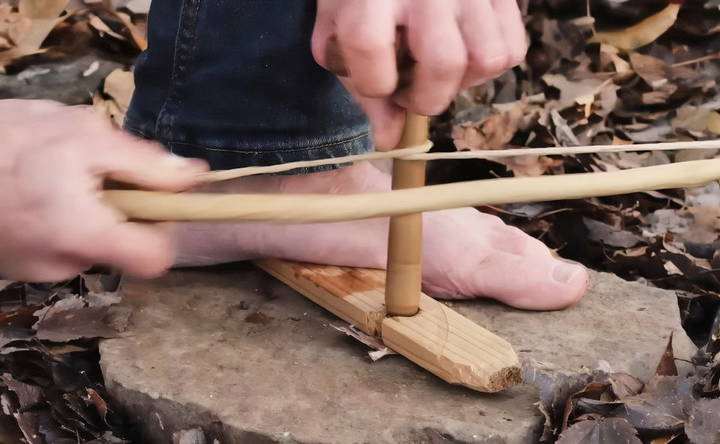
Preparing Your Materials: The Key to Success
Regardless of the fire-starting method, preparation is crucial to success. Here's how you can ensure that your fire-building process is smooth and efficient:
- Select the Right Wood: For both the hearth board and spindle, you need dry, non-resinous wood. Conifers like pine or spruce won't work because their resin will inhibit the friction needed to create heat.
- Prepare Your Tinder Bundle: Tinder bundles are the materials that catch the coal and produce flame. You can use inner cedar bark, dry grasses, or shredded leaves. Ensure the tinder is dry and fluffed up to allow air to circulate through it.
- Sort Your Wood by Size: Before you start the fire, gather wood in different sizes:
- Tinder: Small, dry materials like bark or grass.
- Kindling: Slightly larger sticks, around pencil-thickness.
- Fuel: Larger logs to keep the fire burning once it's established.
- Keep Your Tools Dry: Moisture is your enemy when starting a fire. Keep your materials off the ground and away from any damp areas to avoid failed attempts.
Modern Fire-Starting Tools
While primitive fire-starting methods are invaluable, modern tools can make the process much easier, especially in survival situations where time and energy are limited. Here are some common tools that can be lifesavers:
- Ferrocerium Rod: A ferrocerium rod, or “ferro rod,” is a popular fire-starting tool. Scraping it with a piece of steel produces sparks that can ignite tinder.
- Lighter: A simple but effective tool. Always carry a lighter in your survival kit, but keep in mind that lighters can fail in wet or cold conditions.
- Waterproof Matches: Specially designed to ignite even when wet, waterproof matches are another great addition to your kit.
Building a Fire: Step-by-Step
Once you've successfully created a flame using any of the above methods, it's time to build your fire. The way you stack your wood affects the fire's behavior. Here are two common fire structures:
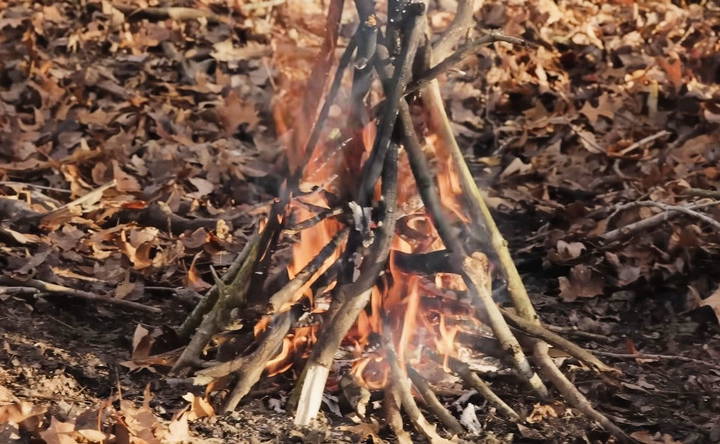
The Teepee Fire
The teepee fire is ideal for generating warmth and light:
- Place your tinder bundle in the center.
- Lean your kindling in a teepee shape around the tinder.
- Gradually add larger pieces of wood as the fire grows.
The Parallel Log Fire
For cooking, the parallel log fire is more effective:
- Once the fire is established, place two logs parallel to each other with enough space between them for air to flow.
- Lay additional logs on top, perpendicular to the first two logs.
- As the logs burn, they create a hot bed of coals that is perfect for cooking.
Conclusion
Starting a fire is a critical skill that anyone venturing into the wilderness should master. From ancient techniques like the hand and bow drill to modern tools like lighters and ferro rods, knowing how to ignite a flame can mean the difference between survival and disaster. However, fire-starting requires more than just tools; it demands patience, practice, and preparation. By mastering these skills, you not only equip yourself for survival but also reconnect with the primitive instincts that have sustained humanity for millennia. Practice these techniques regularly so that when you need them, you'll be ready.
FAQs About Starting a Fire in A Survival Situation
Discover essential FAQs about starting a fire in a survival situation, including tools, techniques, and tips for effective fire building.
For beginners, the bow drill method is generally easier and more efficient than the hand drill because it allows continuous spinning of the spindle. The bow increases speed and pressure while saving energy compared to hand spinning alone. However, both methods require practice and preparation to master.
For both the hearth board and spindle, use dry, non-resinous, soft woods like cedar, basswood, or tulip poplar. You can test by pressing your fingernail into the wood. If it leaves a dent, the wood is soft enough. Avoid coniferous trees like pine, as they contain resin that hinders fire-making.
Yes, but it’s more challenging. Look for dead, standing trees or branches to find dry wood, or split larger logs to access the dry interior. Preparing your fire materials in advance and keeping them off the ground to avoid moisture is crucial.
Natural materials like inner bark of cedar, dry grasses, or even cattail fluff can make excellent tinder. The key is to fluff the material to increase surface area and allow airflow, making it easier to ignite from a coal or spark.
If your spindle breaks during the process, as often happens, you’ll need to start over with a new one. To prevent this, ensure both pieces are well-carved, smooth, and dry. Keep a backup spindle and prepare extra materials in case of breakage.
Yes, a magnifying glass can be used to concentrate sunlight and ignite tinder, but this requires direct sunlight and clear conditions. It’s a great alternative when other methods like friction or sparks are unavailable.
Licking your hands before starting and throughout the process helps maintain grip. Applying constant downward pressure while spinning helps generate enough friction to create heat. If your hands slip, stop and reapply moisture to maintain control over the spindle.
The teepee fire structure is ideal for warmth and light. For cooking or producing a strong bed of coals, use the parallel log method, laying logs close together to create long-lasting coals and slower burning.
With practice, it can take just a few minutes to create a coal using the bow drill, especially if conditions are favorable. However, it may take longer if the wood is damp, or if you're still developing the technique.
Yes, bamboo can be used in fire-starting. Its dry, hollow nature makes it a good choice for building friction fire sets. Splitting bamboo for tinder and using the harder outer part for the spindle or hearth board can work in certain environments.


